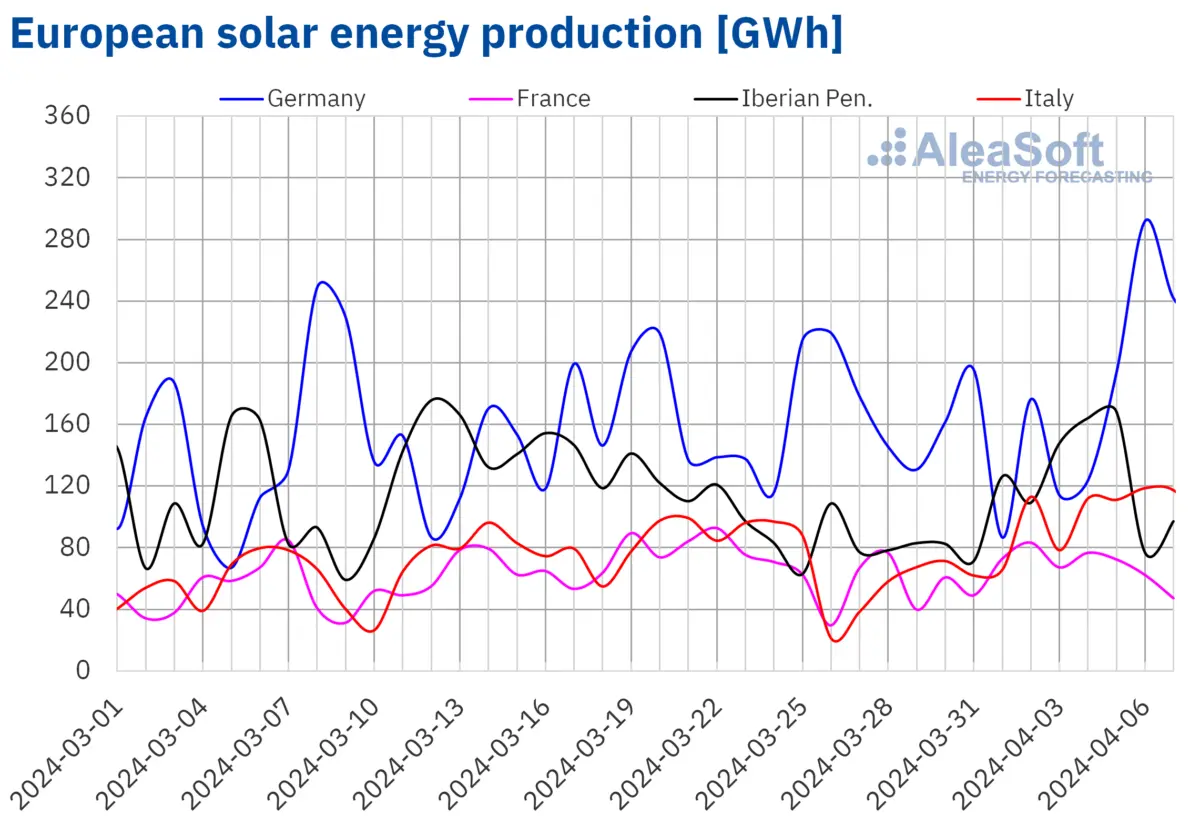“Spanish consultancy AleaSoft Energy Forecasting recorded negative hourly electricity prices for all but one European energy market it analyzed during the first week of April, including in the Spanish and Portuguese markets for the first time. It also registered an all-time production record for photovoltaic energy in Portugal and the second highest value ever recorded in Italy”



The point is that even with 100% efficiency (as in extracting 100% of the water the air holds) you couldn’t get enough water out of the air because the dry air simply doesn’t hold that much water.
At, say 20°C, 100% humid air only holds about 17l of water per m³ or in other words, if you are in a dry climate where the air has maybe 30% relative humidity even a device extracting 100% of the humidity from the air would yield only maybe 5l per m³ of air it processes. You would literally need to pull in 200 m³ of fresh air (as in air that has not been through your device before) to get a single m³ of water and any practical device operating at less than 100% efficiency would yield lower results than that. Also, forgot using this at much colder temperatures than that since that drastically lowers the water carrying capacity of air.
That’s 17g or 17cc per cubic metre, not 17 litres!
In dry countries the relative humidity can be low - sub 40% is common. That said, the absolute water carrying capacity increases rapidly with temperature, so at 40C, the saturation mass is more like 50g/m3 and at 40%RH it still carries more water than 100%RH air at 20C.
You are correct, I got the wrong numbers. But with your numbers of course it makes even less sense.